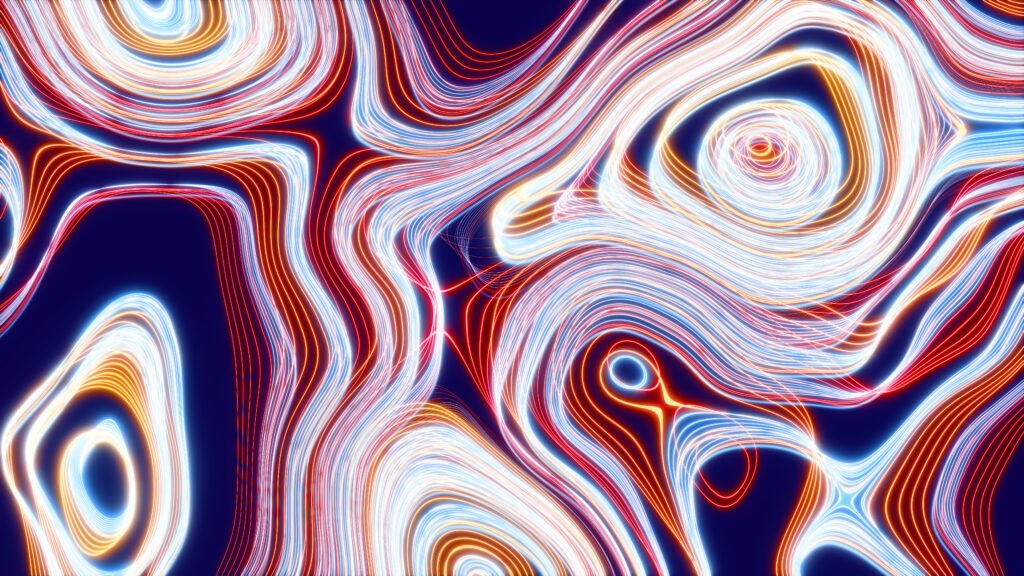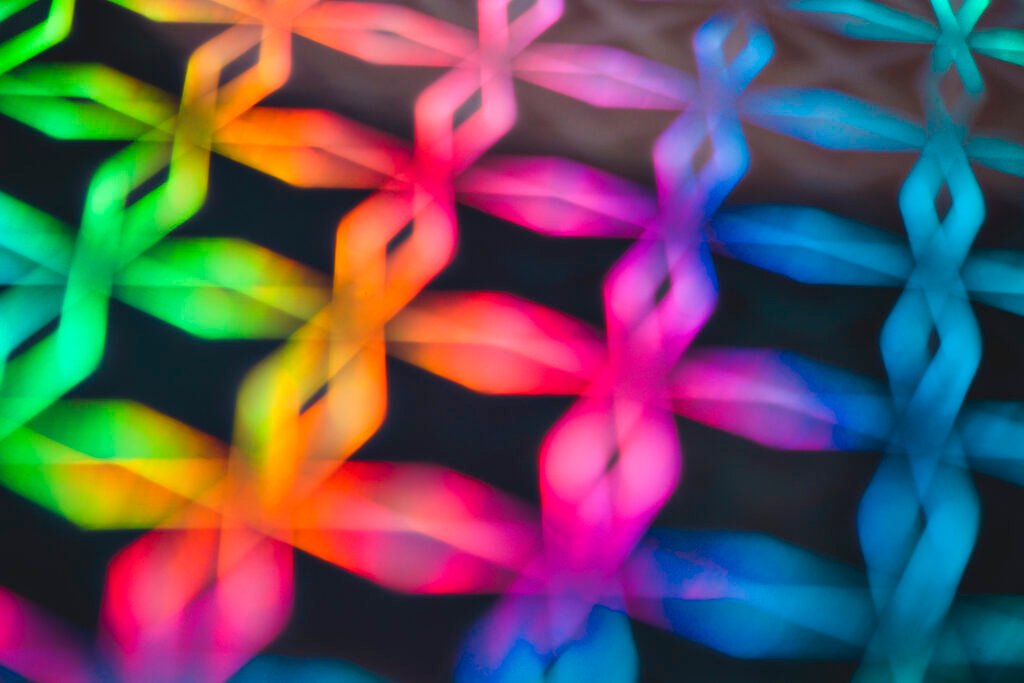Generative art has been transforming the way we understand the creative process. Using algorithms and code, artists develop visual, sound, or interactive works that often change with each execution. In this form of art, the creator sets the rules, but the final result emerges from the interaction between programming, variables, and random elements.
More than a technological curiosity, generative art is a fertile field for experimentation, where creativity and mathematics intertwine. This meeting of aesthetics and science expands the boundaries of art and provokes reflection on authorship and originality.
Origins and Foundations of Generative Art
Although it may seem like a recent phenomenon, the idea of creating art from rule-based systems is not new. Movements such as Constructivism and Minimalism already explored structured methods to compose shapes and colors. However, it was with the advancement of computing that the concept expanded.
According to the book Generative Design, by Hartmut Bohnacker, published in 2012, generative art is based on creating algorithms that produce unpredictable results within parameters defined by the artist. The author explains that the beauty of this process lies in the balance between control and randomness: while the code establishes guidelines, random calculations introduce variation and surprise.
These foundations became even more relevant with programming languages such as Processing and p5.js, created specifically for visual and interactive projects. With them, artists can transform mathematical formulas into colors, shapes, and movement, creating works that can be infinitely unique.
The Dialogue between Technology and Aesthetics
Generative art is not limited to a single visual style. It can take forms ranging from minimalist geometric compositions to hyper-realistic digital landscapes. This versatility stems from the fact that the artist can program not only shapes but also behaviors.
According to the book The Nature of Code, by Daniel Shiffman, published in 2012, understanding concepts such as particle physics, Perlin noise, and complex systems allows the creation of more dynamic and expressive works. The author emphasizes that generative aesthetics are a direct result of the “rules of the game” established by the code, making the process as important as the final work.
This approach also creates a new relationship with the audience. In many cases, viewers interact with the work, influencing its development in real time. This brings generative art closer to immersive experiences, in which the observer’s role shifts from passive to active and participatory.
Generative Art in the Contemporary Scene
In recent years, generative art has gained space in exhibitions, galleries, and auctions. Blockchain-based projects such as NFTs have further boosted its visibility. A striking example was the Autoglyphs collection, which became a reference for using pure code to generate unique images registered on the blockchain.

According to the book Algorithmic Art: Generative Art Explained, by Andy Lomas, published in 2019, the rise of this movement reflects a shift in cultural perception: audiences are beginning to recognize the value of art born from collaboration between human and machine. Lomas argues that, in this process, authorship does not disappear but transforms, as the artist acts as the creator of a creative ecosystem in which the work can evolve on its own.
Renowned museums and institutions, such as the Victoria and Albert Museum in London, have already included generative art in their collections. This legitimization reinforces the idea that the fusion of art and algorithms is not just a trend but an integral part of the current artistic landscape.
Generative Art: The Future of Algorithmic Creativity
Generative art challenges us to rethink the role of the artist and the meaning of creation. By setting the rules of a system that can generate infinite variations, the creator relinquishes total control, allowing the unexpected to become an essential part of the work.
Just as photography and cinema were, in their time, innovations that expanded the artistic field, generative art points to a future in which code and aesthetics walk side by side. In this scenario, human creativity is not replaced but amplified, revealing that algorithms can also be visual poets.
We are witnessing a new chapter in the history of art, where brushes and paints coexist with lines of code, and where beauty lies not only in the final result but in the very process of creation.



